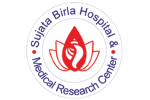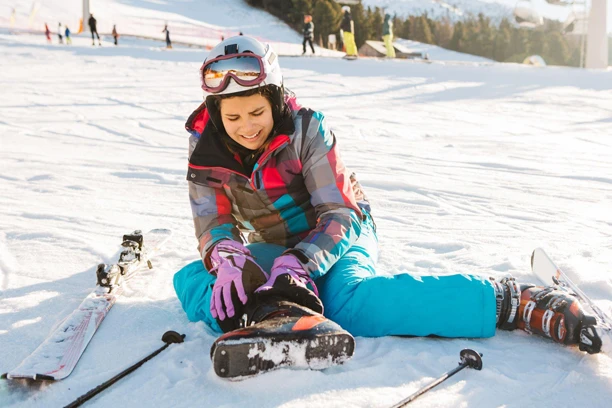Winter’s cooler months bring us joy, snow, and a plethora of seasonal activities. But unforeseen winter injuries also result from the erratic weather and extreme cold.
Risks associated with winter can usually be avoided, but as the temperature decreases, the first step is to educate yourself. The advice provided below was put together by the specialists at Sujata Birla Hospital to help you avoid common winter injuries and stay well this season.
The season’s cold, snow, and ice offer a
variety of common winter injuries that you should be aware of.
You may prevent the frequent hazards and injuries of the winter season by reading on to learn more about common winter injuries, winter injury prevention advice, and effective treatments for these injuries.
Common Winter Injuries: Risks, Prevention, and Treatments
Our overview of common winter injuries is broken down into distinct categories. Each section includes useful facts, advice, and data on winter injuries.
Back and Neck Injuries
The muscles, tendons, and ligaments that support the spine might tense in cold temperatures, which can result in back pain. This may strain your spine and pull on the pain-sensitive nerve roots that emerge from your spine, resulting in discomfort. You might also start by stretching your muscles to warm them up.
Heart Attacks
Blood vessels constrict in response to the cold. Your risk of heart attack and stroke may also rise as a result of this. Wintertime coronary artery constriction can make angina, or chest pain from coronary heart disease, worse.
Dehydration can also cause your blood pressure to go below normal, which again limits the amount of oxygen delivered to your heart muscle. In the winter, heart attacks can be brought on by a shortage of oxygenated blood.
Hypothermia
Although the body is very good at maintaining a steady temperature, prolonged exposure to cold can overcome this ability. When a person’s body temperature falls below 95°F, hypothermia sets in. If you must venture outside in the bitter cold, dress in several layers and stay as dry as you can. Children and the elderly are frequently more at risk, although anybody can develop hypothermia. Additionally, drinking alcohol increases your risk of developing hypothermia.
Shivering, loss of dexterity, difficulty thinking, a high pulse, and increased respiration are all warning indicators of hypothermia. One way the body regulates its temperature is by shivering. As hypothermia worsens, the heart may cease beating regularly, the body’s shivering mechanism may stop functioning, and people may become increasingly disoriented.
Frostbite
As skin, nerves, and tissue freeze at the site of injury, frostbite can permanently harm the body. Your hands, feet, ears, and the tip of your nose are the body parts that are most susceptible to cold weather ailments. Spend as little time as possible outside in the cold. Wearing gloves, thick socks, and hats can help prevent frostbite if you must venture outside.
Numbness, clumsiness and chilly skin might be the early symptoms of frostbite. Additionally, the skin may become discoloured or turn black. Rewarming (as long as there is no chance of refreezing), wound care, and pain management are frequently used as treatments. Find immediate attention if you think you could have frostbite.
Carbon Monoxide Poisoning
Because it is an odourless, colourless gas present in the exhaust gases of fuels containing carbon, carbon monoxide is frequently referred to as “the silent killer” (gas, wood, coal, etc). Your bloodstream becomes clogged with carbon monoxide as a result of inhaling the pollutants. Your body receives less oxygen when exposed to carbon monoxide. Heart and brain issues may result from this. Intoxication with carbon monoxide can cause headaches, nausea, dizziness, and fatigue.
Wintertime use of fume-producing appliances like fireplaces, furnaces, and kerosene heaters raises the risk of carbon monoxide poisoning.


3 Comments
Pingback: Common Winter Injuries: Risks, Prevention, and Treatments – Sujata Birla Hospital
Pingback: Respiratory Tract Infection | Sujata Birla Hospital
Pingback: Respiratory Tract Infection – Sujata Birla Hospital